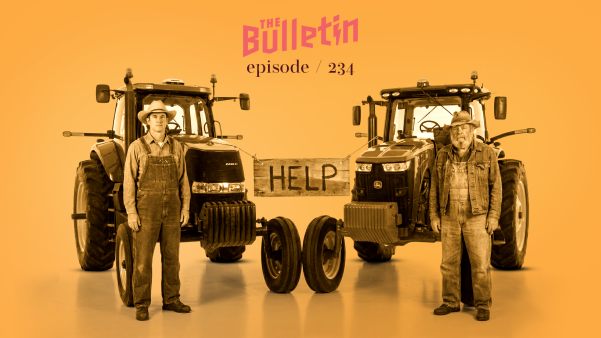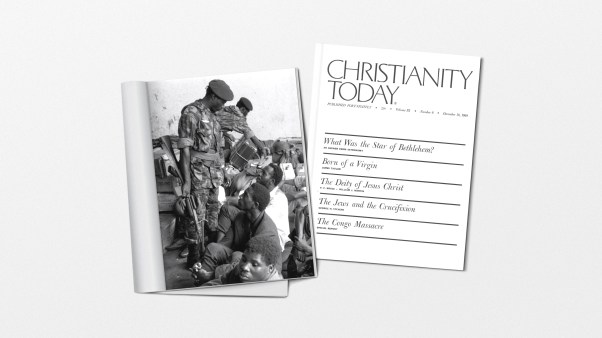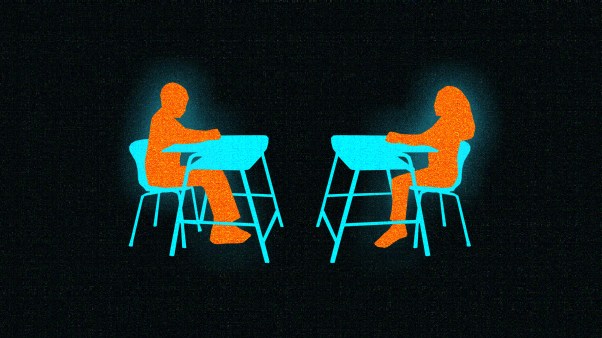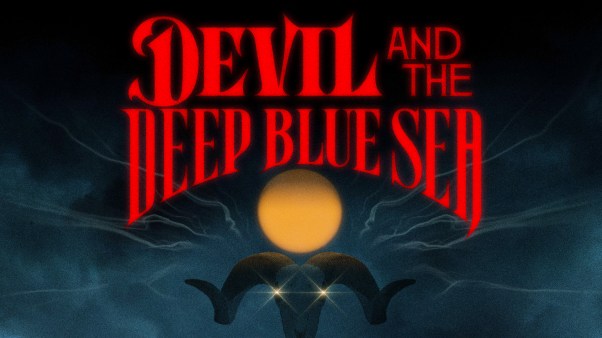“Make me an instrument of your peace” may typify the Franciscan spirit, but Francis’s followers have sometimes been anything but peaceful. Fights broke out over how strictly and carefully to obey Francis’s commands. Controversies over the Later Rule and the Testament of Francis led to clashes, imprisonments, and even killings. The chart below captures the most important controversies and reform movements.
In spite of their volatile past, today the Franciscan orders accent what they hold in common.
FRANCIS FOUNDS HIS ORDER OF FRIARS MINOR IN 1209.
· Later Rule approved in 1223.
· Francis writes his Testament before he dies in 1226. Already, many Franciscans, who live throughout Europe, have had no contact with Francis or his Rule.
· In 1230, Pope Gregory IX decrees that Francis’s Testament has no binding force on the Order. He also approves the right for the Order to use, though not own, property.
· After decades of ferment in the Order, in 1310, Ubertino da Casale calls for a return to the fundamentals of Francis’s Rule, especially strict poverty.
In 1317, his followers, the “Spirituals,” are excommunicated as heretics and arrested; some are burned.
Order of Friars Minor CONVENTUALS (O.F.M. Conv.)
In 1430, friars residing in study centers and urban “convents” (hence their name) are permitted to own property and receive revenues.
In 1517, they are separated from the Observants. They live out a more settled expression of Francis’s ideals.
Order of Friars Minor OBSERVANTS (O.F.M.)
In the 1330s, friars in south Assisi begin following a “stricter observance” of the Rule.
In 1415, they gain ecclesiastical recognition, and in 1443 are given their own Vicar General.
In 1517, they are separated from the Conventuals and tend to practice an itinerant ministry.
Order of Friars Minor CAPUCHINS (O.F.M. Cap.)
In 1525, Observant Matteo da Basci seeks to live literally by Francis’s Rule.
Other Observants try to thwart the movement, so in 1529, da Basci’s followers, known as Capuchins, receive papal permission to become an independent order. They emphasize a contemplative way of life.
Copyright © 1994 by the author or Christianity Today/Christian History magazine. Click here for reprint information on Christian History.










